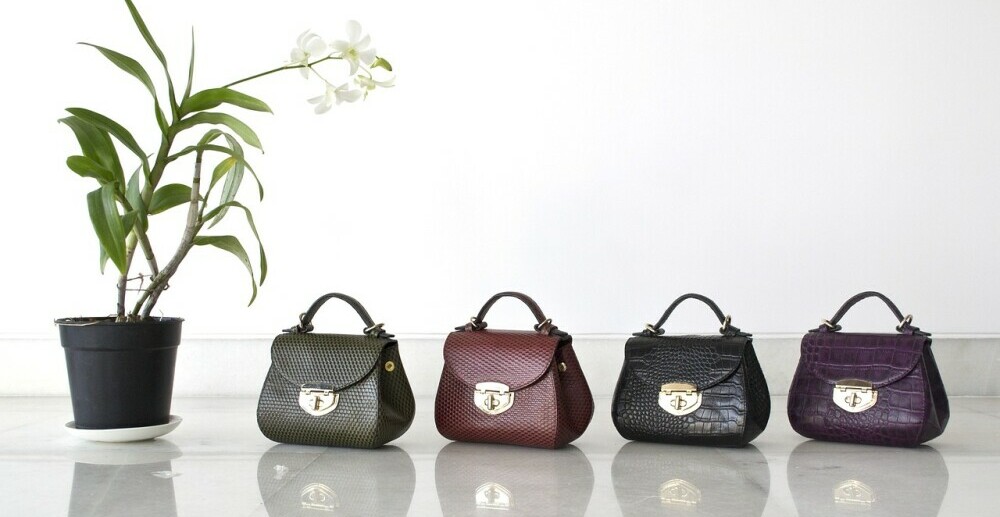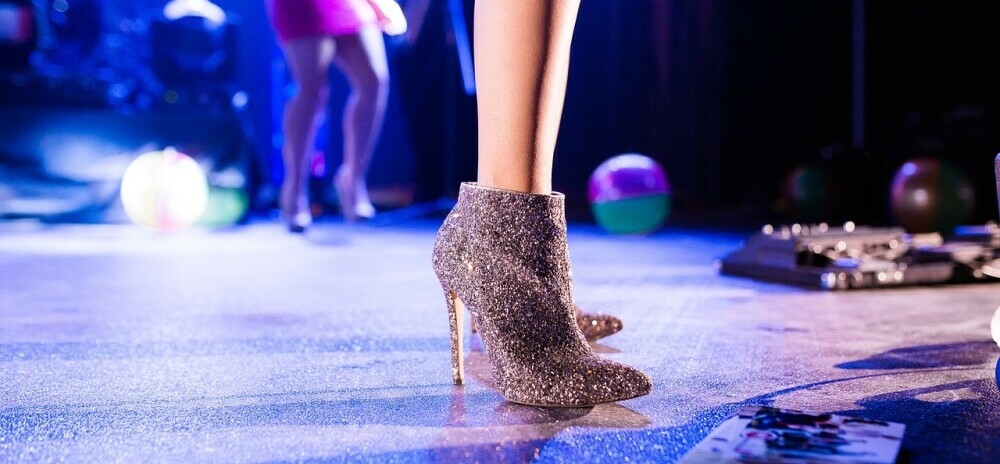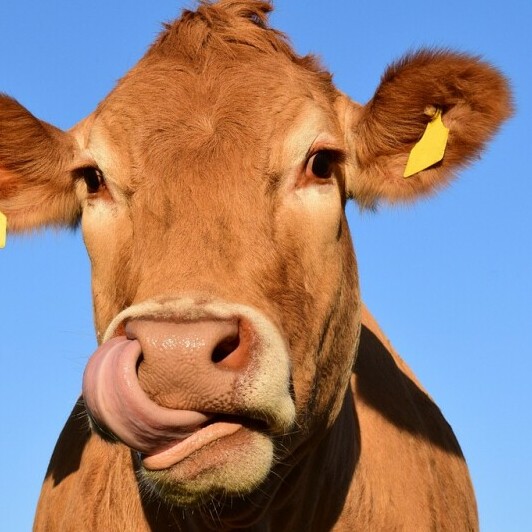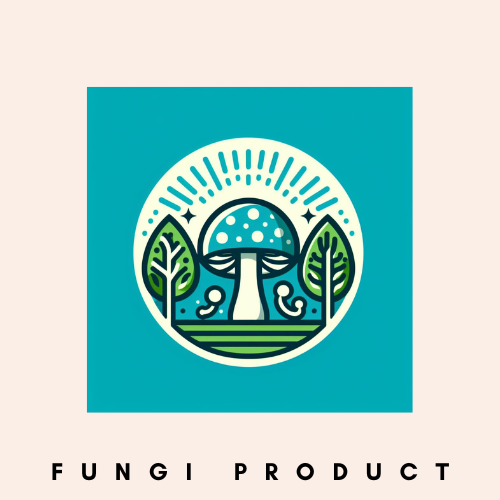Luxury is undergoing a transformation. Traditionally associated with animal leather,
the definition now leans towards responsibility and sustainability. This shift is not a trend but a response to
a growing global consciousness. People are demanding products that align with their values, leading to an inevitable change in what constitutes a luxury item.

Different brands start to bring alternative solutions to animal leather
High-profile brands like Louis Vuitton are under pressure. Their response?
Introducing eco-friendly options that retain their high-end appeal. This move is crucial for the industry’s giants to remain relevant in a market that increasingly frowns upon animal cruelty. They are not alone, as other luxury brands are quick to follow suit, ensuring that their prestigious image doesn’t come at the earth’s expense.
Consumer behavior is influencing this shift significantly. As individuals become more environmentally aware, their shopping habits reflect this change. They’re examining labels, asking questions, and investing in brands that prioritize the planet’s health over harmful practices. This signalise a profound change in how society views status symbols and luxury.
In elite circles, where exclusivity and quality reign, there’s a noticeable acceptance of these innovative materials. The question isn’t just whether a handbag looks exquisite or a pair of shoes is expertly crafted, but whether the materials and processes behind them are ethically sound. High design no longer has one sole definition and there is more than aesthetics.
It is now all about a comprehensive approach that considers impact, origins, and longevity.
In this way, eco-friendly substitutes are holding their ground and setting new standards.
Protecting Wildlife: How Eco-friendly Leathers Help Save Animals
The traditional leather industry casts a long shadow on wildlife. Every leather bag, shoe, or car seat was once part of a living being. I find it staggering when I consider the sheer number of animals impacted for the sake of fashion and luxury. Animal populations, particularly exotic ones, face significant threats due to the demand for high-end leather products.
It’s encouraging to see how modern technology and innovation are paving the way for synthetic and plant-based leathers. These materials offer a reprieve for animals. From mushrooms to pineapples, a variety of non-animal sources are being transformed into leather-like materials. These are not only compassionate options but are also proving to be versatile and stylish in their own right.
One notable example comes from the automotive industry, highlighting Jaguar’s decision to offer vegan interior options. Such moves from prestigious brands underscore the market’s readiness to embrace alternatives that protect our wildlife. It sends a positive signal to consumers and sets an example for other manufacturers to follow.

Thanks leaving me in peace dear customer …
The ripple effect of choosing cruelty-free products cannot be overstated. Animal rights organizations are gaining momentum in advocating for these alternatives and receiving support from conscious buyers. When consumers realize their power to influence change through their spending decisions, the industry responds. This response seeds an ever-growing demand for responsible products.
The Manufacturing Shift: Scaling Up Sustainable Leather Production
The transition to sustainable leather substitutes is not just an ethical imperative only.
There is a manufacturing evolution. Producers are learning the necessity of balancing demand with responsibility, which means scaling up production capacity for materials that spare animal lives and minimize environmental harm.
The landscape of sustainable leather production is witnessing a surge in innovative practices. These range from mushroom-based mycelium to lab-grown materials, setting a benchmark for eco-friendly production. Such innovation requires significant investment in both research and production facilities, but the outcomes showcase the limitless possibilities of alternative leathers.
Admittedly, numerous challenges exist in producing these materials at scale. One of the most pressing issues includes meeting the high-quality standards set by traditional leather goods while staying cost-effective. Producers are putting conscientious their effort to refine techniques that address durability and aesthetic appeal, ensuring that sustainable doesn’t equate to subpar or inferior.
It’s particularly noteworthy how Italian manufacturers, renowned for their exquisite leather products, are embracing this shift. Their blend of time-honored skill with new-age materials
is helping to redefine high design. Italy, a bastion of shoemaking expertise, is now also a hub for innovative leather alternatives, driving the popularity and acceptance of these materials worldwide.
The Future of Fashion: Eco-Friendly Leather in the Mainstream Market
Looking ahead, the growing trend for sustainable fashion is becoming entrenched in consumer values and market demands. With a heightened global awareness surrounding ethical and environmental issues, the fashion industry is undergoing a significant transformation.
The expectation is that eco-friendly leather alternatives will not only continue to flourish but become a staple in clothing, accessories, and even automotive industries.

The fashion world is making huge efforts to respect environmentfriendly as a new trend
Technological advancements will play a crucial role. Innovations are expected to further enhance the quality, texture, and durability of eco-friendly leather, making it indistinguishable from traditional leather. These advances will likely attract even the most discerning luxury seekers who refuse to compromise on quality or the tactile experience of high-grade leather.
Consumer education is another pivotal factor. As awareness about the impact of traditional leather production grows, so does the appreciation for sustainable alternatives. Brands have the opportunity and responsibility to inform their customers about the benefits of these materials, not only for the environment but for the longevity and quality of the products they purchase.
High fashion is already on board, with designers around the world incorporating eco-leather into their collections. Mainstream brands are following suit, indicating a clear shift towards more ethical and sustainable materials across all levels of fashion. This trend spells out a future where the luxury of leather comes with a clear conscience, with no compromise on style, comfort, or quality.
This post is a briefly overview of a started trend. I have the intention to visit a few of these groundbreaking pioneers and visit their studio or production facilities and request them feedback on how they experience this thoughtful change. So stay with us at fungiproduct.com and learn who is doing what to bring us a better world.

Thanks for listening
